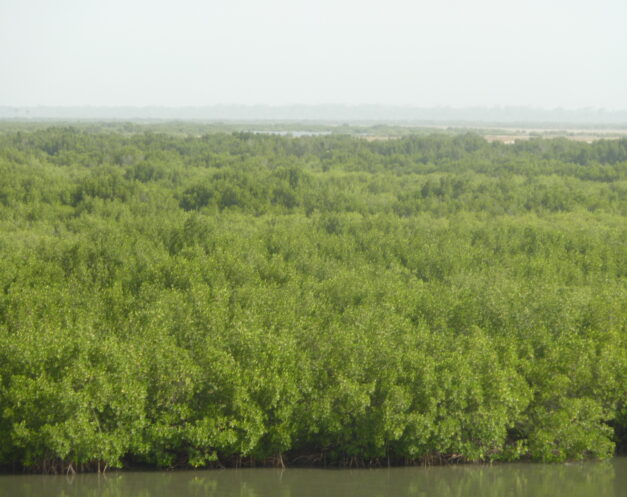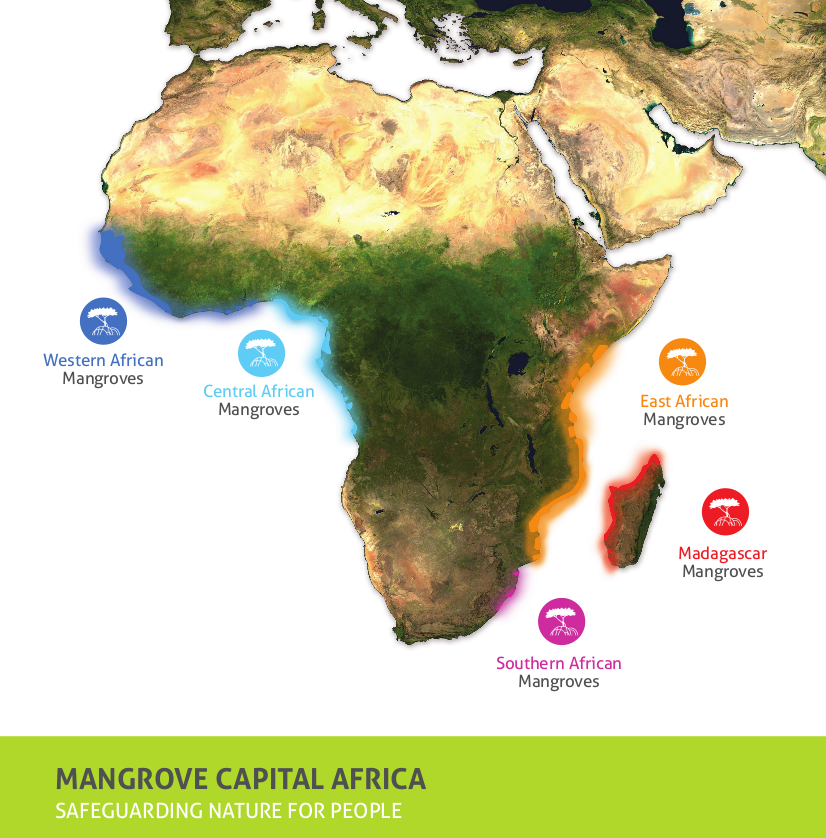Mangrove Capital Africa

What is the Mangrove Capital Africa programme?
Mangrove Capital Africa is a ten-year programme led by Wetlands International and funded by DOB Ecology. Its goal is to safeguard and restore African mangrove ecosystems for the benefit of people and nature. We expect that by 2027, 1 million hectares of African mangroves are conserved or restored, maintaining their biodiversity while also benefitting some 2 million people.
Where is it implemented?
We have chosen to focus initially on two sites, the Saloum and Rufiji deltas, because of their exceptional biodiversity and importance for local economies. In subsequent years, we plan to extend our work to sites including the Senegal river Delta, Lamu in Kenya, Cacheu/Bijagos in Guinea-Bissau, the Niger Delta, Ruvuma Bay in Tanzania/Mozambique, the Zambezi in Mozambique, to Sierra-Leone, the Congo (Brazzaville), Guinea and Madagascar.

As ever, we do not act alone. We are identifying the community groups and local authorities who benefit from the mangroves. We are also part of the Mangrove Global Alliance and expect to contribute to its goal of expanding the global extent of mangroves 20% by 2030.
Why safeguard mangroves?
Healthy mangroves harbour many animals, from the manatees in their creeks to sea turtles nesting on beaches secured by their roots. Migratory birds by their millions feed on the crabs and shrimp that thrive in mangrove shallows.
The tangle of roots, branches, and waterways of a mangrove forest buffer the storms that come off the oceans, absorbing the force of waves before they reach people. This will become even more important as climate change raises sea levels and brings storms. Healthy mangrove forest also stores great amounts of carbon–five times more carbon than inland forests.
Finally, fish productivity and other socio economic activities depend entirely on healthy mangroves.
Learn more about Mangrove Capital Africa in East Africa; and in West Africa.
Header image by Richard DaCosta.
